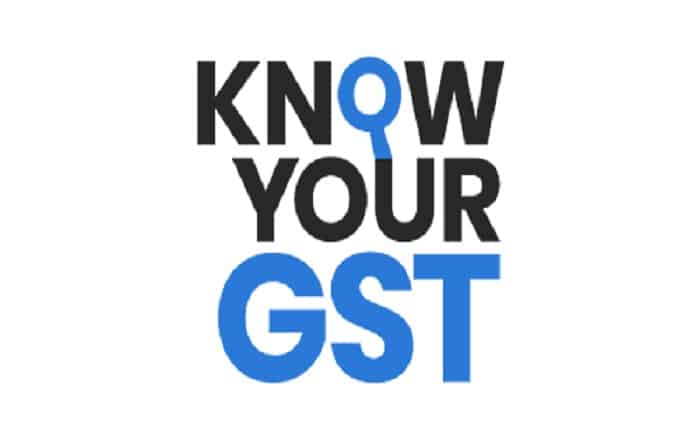Know Your GST: A Comprehensive Guide to Navigating India’s Tax System

The Goods and Services Tax (GST) is a revolutionary tax reform implemented in India in 2017. It replaced a complex web of indirect taxes with a single, unified tax system, simplifying the process for both businesses and consumers. Understanding the intricacies of GST is crucial for anyone involved in business activities within India.
Understanding the Basics of GST:
GST is a destination-based tax levied on the value addition at each stage of the supply chain. It applies to the sale or supply of goods and services across India, effectively eliminating the cascading effect of taxes that existed under the previous system.
Types of GST:
There are four main types of GST in India:
- Central Goods and Services Tax (CGST): This tax is levied by the Central Government and is applicable to all taxable goods and services across India.
- State Goods and Services Tax (SGST): This tax is levied by the respective state governments and is applicable within their jurisdiction.
- Integrated Goods and Services Tax (IGST): This tax is levied on the interstate supply of goods and services.
- Union Territory Goods and Services Tax (UTGST): This tax is applicable to the Union Territories of India.
Registration for GST:
Businesses with an annual turnover exceeding a specified threshold must register for GST. The registration process can be completed online through the GST portal.
Filing GST Returns:
Registered businesses are required to file periodic GST returns, typically on a monthly or quarterly basis. These returns include details of taxable supplies, input tax credit availed, and the tax payable.
Benefits of GST:
The implementation of GST has brought about several benefits for businesses and consumers in India:
- Simplified tax structure: GST has replaced a complex web of indirect taxes with a single, unified system, making it easier for businesses to comply with tax regulations.
- Reduced tax burden: GST has led to a reduction in the overall tax burden on businesses due to the elimination of cascading taxes.
- Increased transparency: The GST system is designed to be more transparent, with improved tracking of goods and services throughout the supply chain.
- Improved business environment: GST has created a more business-friendly environment in India, encouraging investment and economic growth.
Challenges of GST:
While GST has brought about significant improvements, some challenges remain:
- Complexity of compliance: The GST system can be complex for businesses, particularly small and medium enterprises, to comply with.
- Technological challenges: The GST portal has faced technical glitches and outages, hindering the smooth functioning of the system.
- Dispute resolution: The process for resolving disputes related to GST can be lengthy and cumbersome.
Resources for further information:
Here are some resources you can refer to for further information about GST:
- Official GST Website: https://www.gst.gov.in/
- GST Helpdesk: https://www.gst.gov.in/contact
- GST Suvidha Provider (GSP) Portals: https://www.gst.gov.in/
- Chartered Accountant (CA) or Tax Advisor: Consult a professional for personalized guidance on GST compliance.
Read more about :user-x.net
Conclusion:
GST is an integral part of India’s tax system. Understanding its basics, registration process, compliance requirements, benefits, and challenges is essential for businesses and individuals alike. By staying informed and utilizing available resources, businesses can navigate the GST system effectively and comply with its regulations.
FAQ:
- What are the different types of GST returns? There are various types of GST returns, including GSTR-1 (sales), GSTR-2 (purchases), GSTR-3 (monthly/quarterly return), and GSTR-9 (annual return).
- What are the penalties for non-compliance with GST? Penalties for non-compliance with GST can include late filing fees, interest on outstanding tax, and even imprisonment in severe cases.
- How can I check my GSTIN validity? You can check the validity of your GSTIN on the official GST website.
- What are the benefits of filing GST returns online? Filing GST returns online is convenient, efficient, and saves time and effort.
- Who should I contact for assistance with GST? You can contact the GST Helpdesk or consult a CA or tax advisor for assistance with GST related matters.




